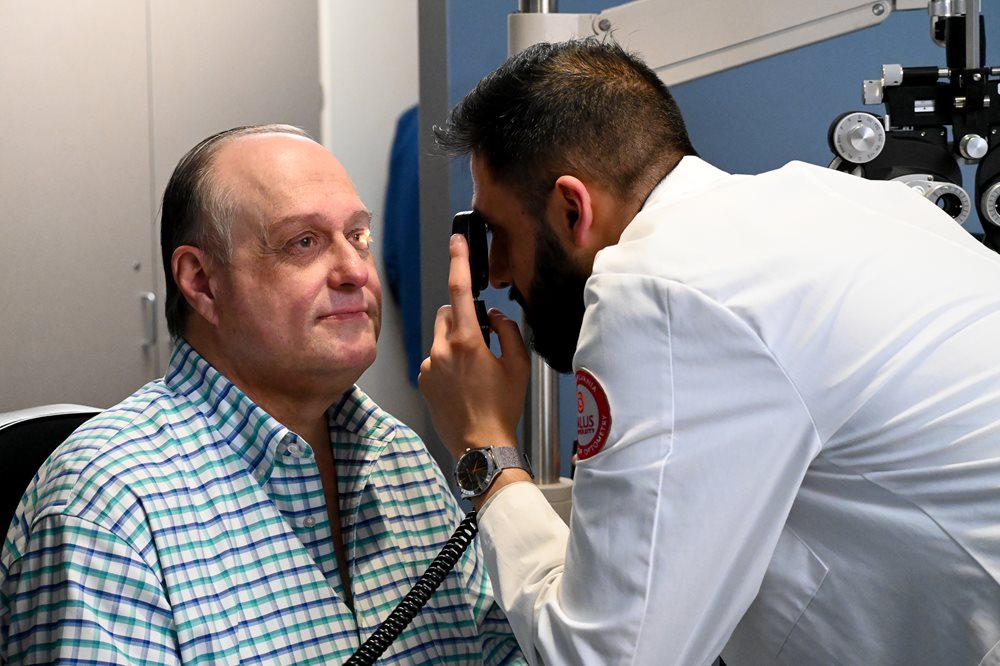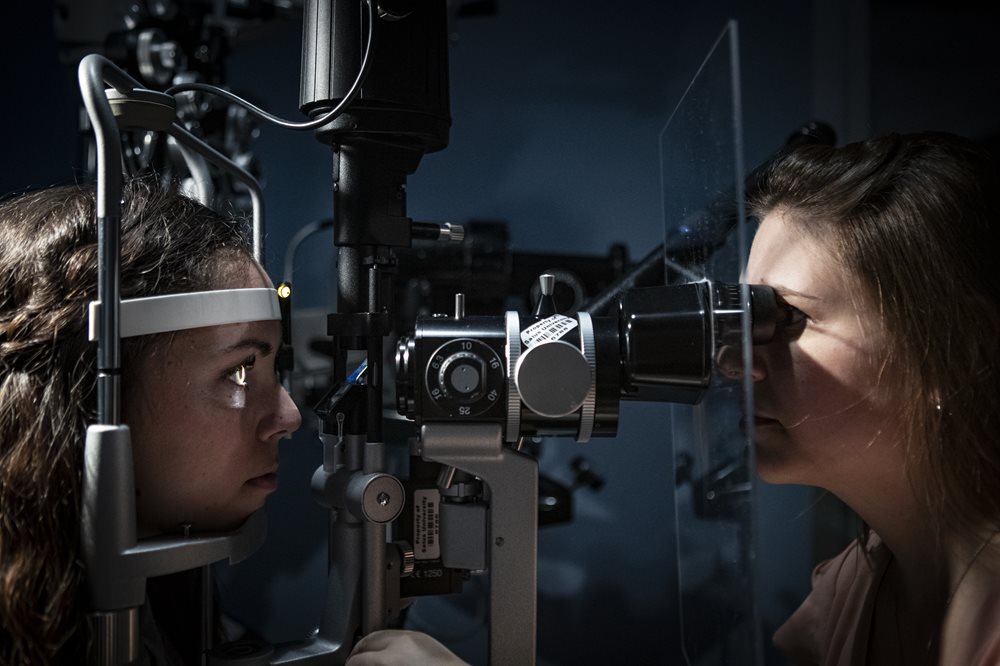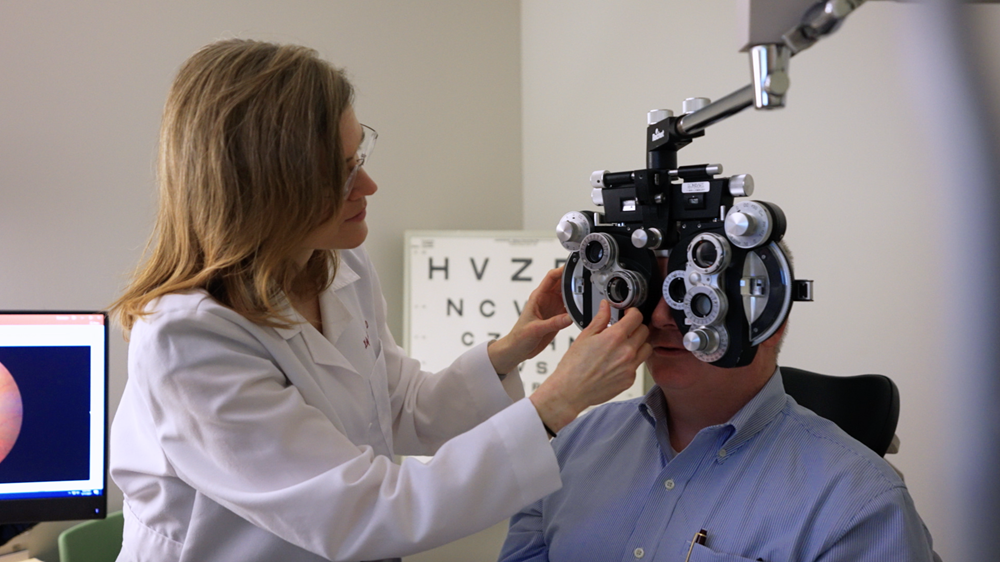The Eye Institute
Cataracts – Did you Know…
 Prevent Blindness America declared June as Cataract Awareness Month. A cataract is a clouding of the eye lens that can cause vision to become blurry or dim. Generally, a cataract does not cause pain, redness or tears. This common eye disease affects millions of people but is easily treatable and can be corrected with a fast, minor and virtually pain-free surgical procedure. Did you know…
Prevent Blindness America declared June as Cataract Awareness Month. A cataract is a clouding of the eye lens that can cause vision to become blurry or dim. Generally, a cataract does not cause pain, redness or tears. This common eye disease affects millions of people but is easily treatable and can be corrected with a fast, minor and virtually pain-free surgical procedure. Did you know…
- Cataracts are a natural result of aging. Cataracts can take years to develop and the majority of diagnosed cases are a result of age. The lens of the eye naturally becomes less flexible and less transparent as we age. As a result, the longer you live, the more likely you are to develop cataracts.
- Cataracts can affect one or both eyes. To make sure cataracts don’t affect your vision, it’s important to have regular eye exams, especially if you’re over the age of 55.
- Age is not the only risk factor for cataracts. Aside from aging, certain hereditary and physical traits, along with certain lifestyle habits, can contribute to the development of cataracts. Here are a few risk factors that can increase your chance of developing a cataract:
- Family history of cataracts
- Excessive exposure to sunlight
- Smoking
- High blood pressure
- Diabetes
- Obesity
- Long-term steroid use
- Eye injuries
 By age 80, most people either have cataracts or have had cataract surgery.
By age 80, most people either have cataracts or have had cataract surgery. - Most cataract cases in the United States are in older adults, but children may also develop pediatric cataracts. Without treatment, cataracts in young children can lead to vision impairment. Diagnosing and treating cataracts early in children is critical to promoting normal vision development.
- Cataracts are the leading cause of blindness in the world.
- By 2050 the number of people in the U.S. with a cataract is expected to double to 50 million.
- Over three million Americans undergo cataract surgery annually, making it one of the most common surgeries in the United States. Cataract surgery is one of the safest and most effective surgeries with a success rate of 95 percent..
- Cataract surgery is nearly painless and typically takes under 30 minutes. The natural lens of the eye is removed and replaced with an artificial intraocular lens (IOL). This new lens allows the patient to see clearly again.
- In addition to improving vision, cataract surgery has also been shown to improve the patient’s quality of life and reduce the risk of falling.
- You might not have any symptoms when cataracts are mild. But as cataracts grow, they can cause changes in your vision. Symptoms may include:
- Cloudy or blurry vision
- Colors look faded
- Glare. Headlights, lamps, or sunlight may appear too bright. A halo may appear around lights
- Seeing double (this sometimes goes away as the cataract gets bigger)
- Changing the prescription for your glasses often
- Poor night vision
 These symptoms can be a sign of other eye problems, too. Be sure to talk to your eye doctor if you have any of these problems.
These symptoms can be a sign of other eye problems, too. Be sure to talk to your eye doctor if you have any of these problems.
As with most eye conditions, early intervention is key. A comprehensive eye exam is the best way to detect the development of cataracts. Contact The Eye Institute (TEI) to make an appointment at one of our practice locations.